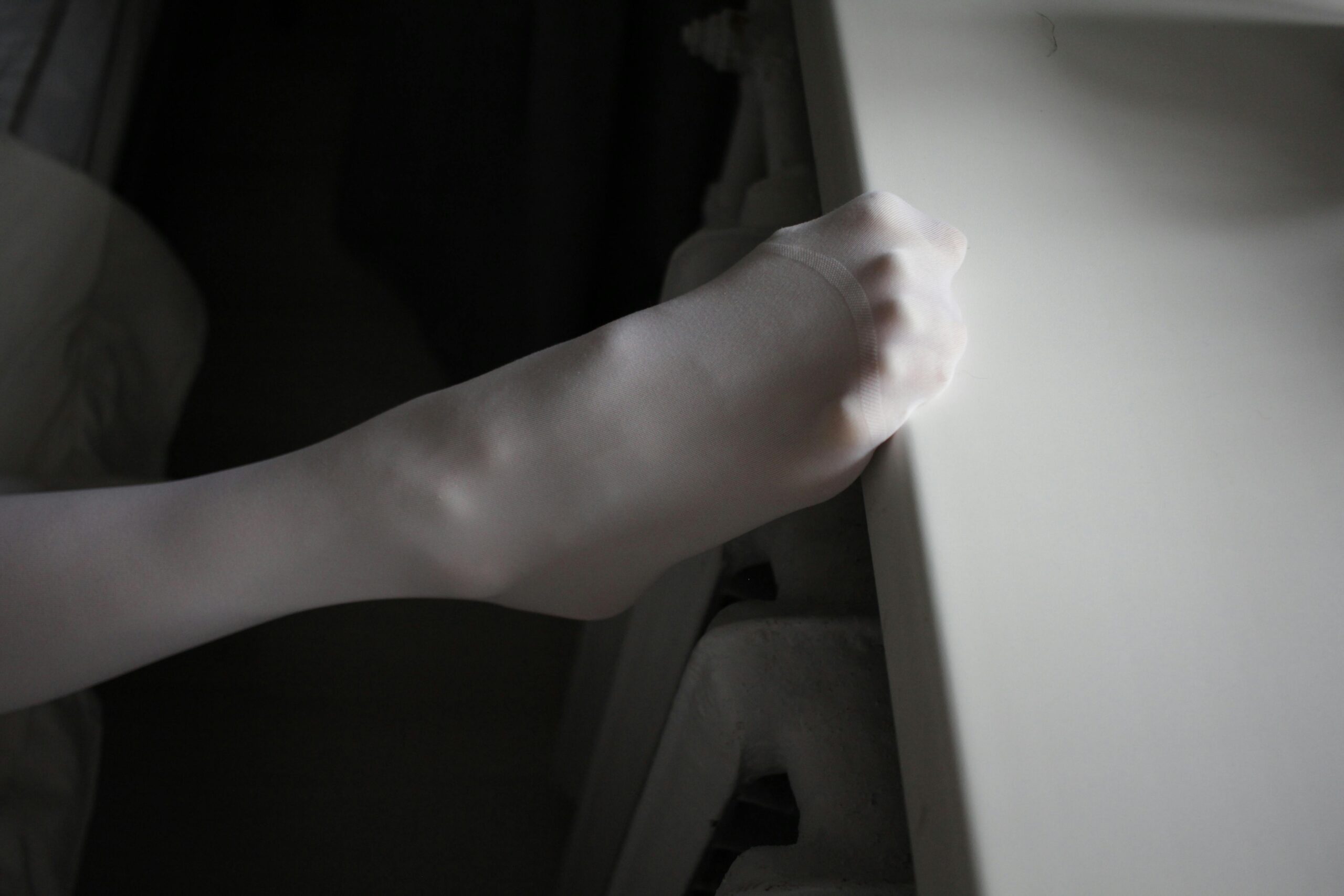
27 Jan Foot Worship Channel 003: The Historical and Cultural Background of Foot Worship & Modern Popularity Introduction
Foot worship, as a cultural and psychological phenomenon, has long surpassed being merely a sexual preference, evolving into an integral part of global culture and sexual expression. This behavior is not a recent development; its roots can be traced back to ancient civilizations. Throughout human history, feet have been endowed with various symbolic meanings. Over time, foot worship has transformed into a popular cultural phenomenon, particularly driven by social media and the internet, where it now serves as a way for individuals to express sexual desire, gender identity, and aesthetic preferences. This article explores the historical and cultural background of foot worship, its psychological analysis, and why it has become a prevalent and popular phenomenon today.
The Historical and Cultural Background of Foot Worship
Symbolism of Feet in Ancient Civilizations
From ancient times to the modern era, feet have held diverse symbolic meanings across different cultures. While often seen as a “lowly” part of the body, feet’s lower status is precisely what has made them significant in terms of power and religious symbolism.
- Ancient Egypt: In ancient Egypt, the feet were often depicted in a sacred light. For example, goddesses like Hathor and queens like Cleopatra were often portrayed barefoot, symbolizing their connection to deities and the natural world. The portrayal of barefoot figures not only had an aesthetic purpose but also conveyed reverence for nature and the cosmos. The exposed feet blurred the line between mortals and gods, suggesting a sense of mystical power and divine authority.
- Ancient Greece and Rome: In Greek and Roman art, feet were frequently associated with beauty and power. In Greek sculpture, goddesses such as Athena and Aphrodite were often shown barefoot, embodying a connection to divinity and an ideal of beauty and harmony. The display of bare feet conveyed an association with purity, divinity, and beauty, often found in the mythological depictions of gods and heroes.
- India and Buddhism: In Hinduism and Buddhism, feet have been given special religious significance. In Hinduism, worshippers show reverence by touching or kissing the feet of gods. In Buddhism, the bottoms of Buddha statues are meticulously carved and serve as objects of veneration. Here, the feet symbolize humility, respect, and spirituality, in stark contrast to the more “lowly” concept of feet in Western sexual or power-related contexts.
Foot Worship and Its Link to Sexuality
By the 19th century, foot worship began to merge with the realm of sexual preference, especially in Western culture. As modern sexuality studies gained prominence, feet began to be viewed as a focal point of sexual desire and behavior. Sigmund Freud, in his work on sexual psychology, introduced the concept of “foot fetishism,” positing that feet could symbolize sexual desire because they are considered “low” or “base” parts of the body.
Freud argued that foot fetishism might be a manifestation of unconscious sexual symbolism related to early psychological development. For some individuals, feet’s lower position could represent a form of repressed desire or a form of control and submission. This “lowly” aspect of feet often intertwines with feelings of dominance, control, or submission, especially in BDSM (bondage, discipline, dominance, submission, sadism, and masochism) cultures.
Feet as Symbols of Power and Submission
In certain sexual cultures, especially BDSM, feet serve as symbols of power dynamics. Feet are often seen as a “low” part of the body, making them an ideal representation of control and submission. In sexual acts, the act of touching, kissing, or even stepping on feet can communicate a power dynamic. For some, worshiping feet becomes not just an aesthetic or sexual appreciation but also a demonstration of dominance and submission within a relationship. These power dynamics are integral to BDSM practices, where foot worship can serve as a method of exploring control and submission.
The Modern Popularity of Foot Worship
The Role of Social Media and the Internet
With the rise of the internet and social media, foot worship has transcended private spaces and become a global cultural phenomenon. Platforms like Instagram, TikTok, and OnlyFans have seen a rise in foot-related content, with users creating a market for foot photography, video displays, and “foot art.” These platforms have not only brought foot worship into the mainstream but also allowed individuals to monetize their content.
According to Google Trends, search interest in “foot fetish” has steadily increased over the past decade, with significant spikes in regions such as Europe, the U.S., and parts of Asia. On Instagram, the hashtag #footfetish has accumulated millions of posts, making foot-related content a prominent cultural phenomenon.
Cultural Diversity and the Inclusivity of Gender Expression
In contemporary society, the recognition of LGBTQ+ rights and the acceptance of diverse gender identities have led to greater openness toward various sexual preferences. Foot worship, as a sexual fetish, transcends traditional gender norms, appealing to a broad spectrum of sexual orientations and gender expressions. This inclusivity allows foot worship to be explored in a variety of ways, reflecting the fluidity and diversity of modern sexual expression.
Moreover, the acceptance of sexual preference diversity has made foot worship more mainstream. People are increasingly open to exploring their desires and preferences, and many individuals now feel comfortable discussing and sharing their foot fetish online. This openness has helped foot worship evolve from a niche interest into a widely recognized aspect of sexual expression.
Commercialization and Industry Growth
Foot worship has not remained solely a private or personal interest; it has grown into a thriving commercial market. According to Pornhub, the “Foot Fetish” category consistently ranks among the top searches on the platform. Many creators on adult sites offer paid content specifically dedicated to foot worship, forming an entire submarket within the adult entertainment industry.
According to Statista, foot-related adult content generates millions of dollars annually in the global adult entertainment industry, making it a significant revenue driver for websites and creators alike.

Foot worship has evolved from a symbolic representation of divinity and power in ancient cultures to a modern sexual preference deeply embedded in the fabric of global culture. From ancient Egypt to contemporary BDSM practices, feet have held diverse meanings throughout history. Today, social media, cultural inclusivity, and the commercialization of adult entertainment have made foot worship a widespread cultural phenomenon.
As society becomes increasingly open to exploring and accepting diverse sexual preferences, foot worship is likely to remain a popular expression of sexual desire, power dynamics, and gender identity. Whether as an aesthetic choice, a form of submission, or an element of sexual exploration, foot worship will continue to play an integral role in the ongoing conversation around sexuality and cultural expression.
References and Links:
- Freud, Sigmund. (1905). Three Essays on the Theory of Sexuality.
- “Foot Fetishism: A Psychological Perspective” – Psychology Today. Link.
- “Foot Fetishism: Why It’s So Popular” – The Guardian. Link.
- Google Trends for “Foot Fetish”. Link.
Further Reading:
Foot Worship Channel 001:What‘s Foot W worship? Can it Enhance Your Sex Life?
Foot Worship Channel 002: 6 Types of Foot Fetishes You Should Know For Complete Guide



No Comments